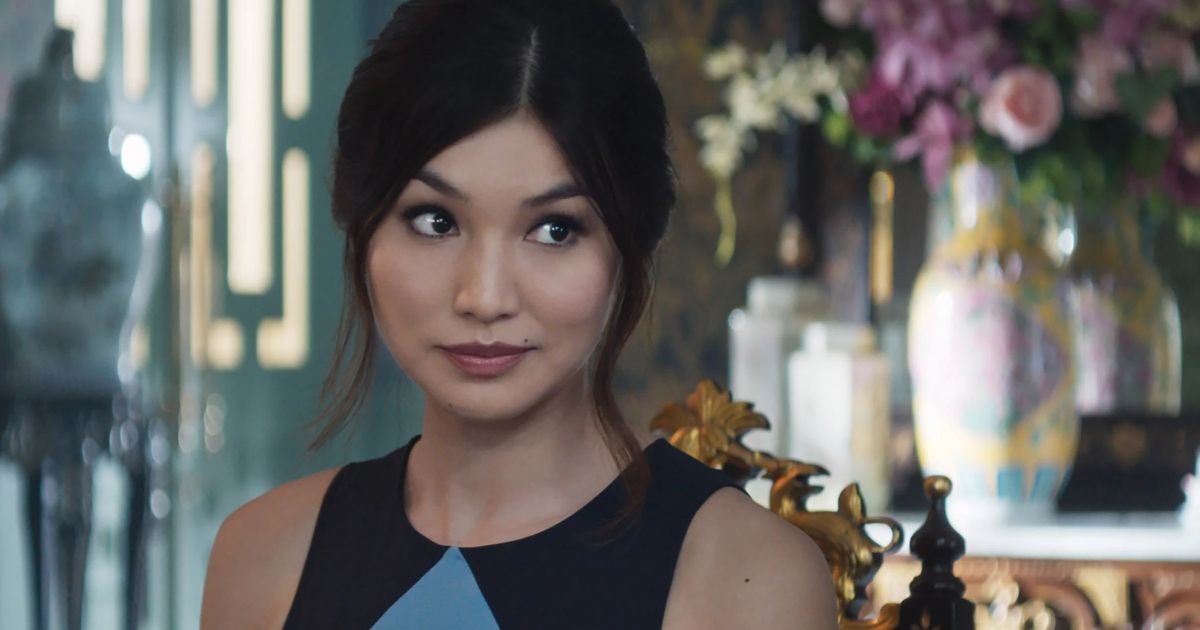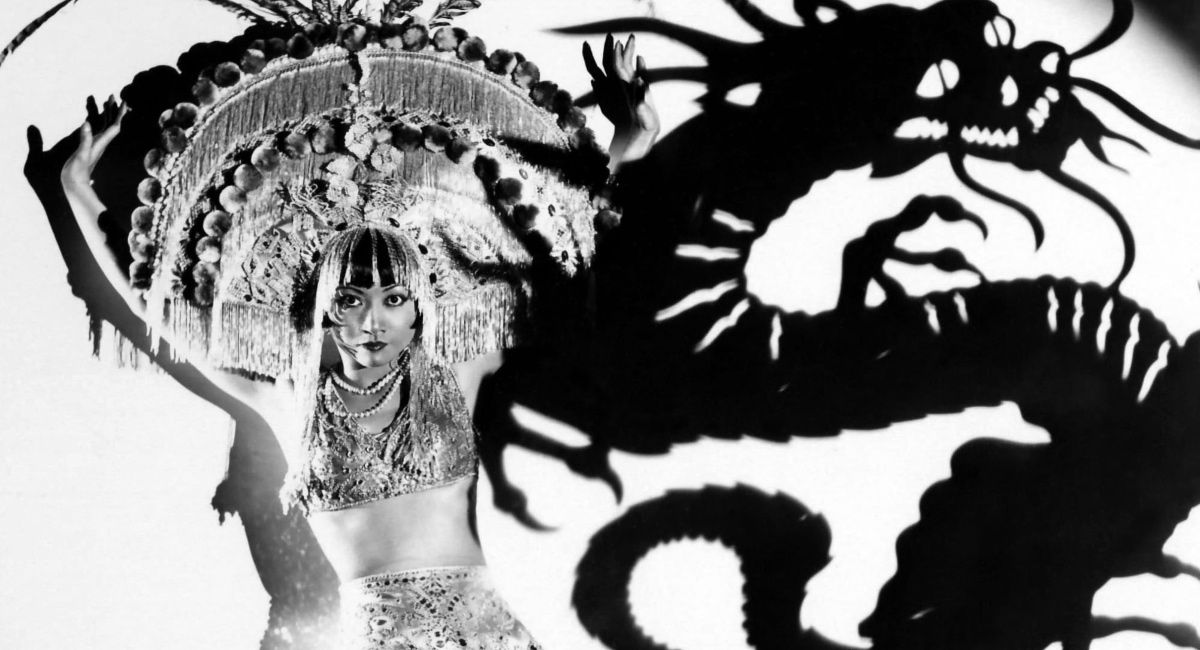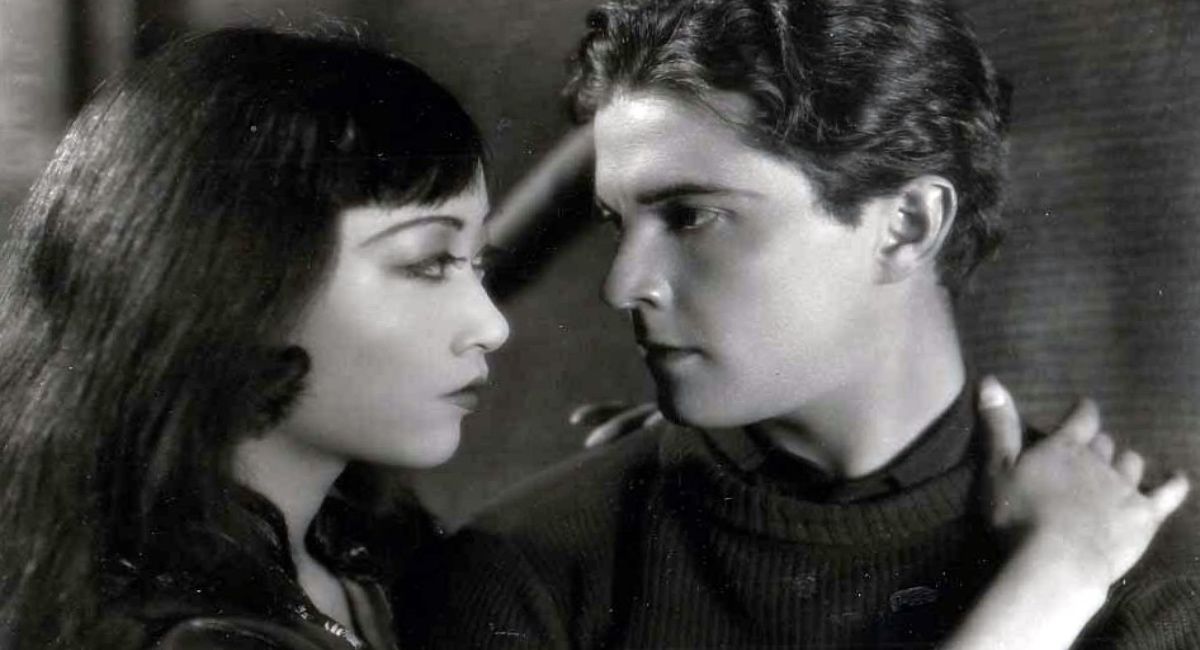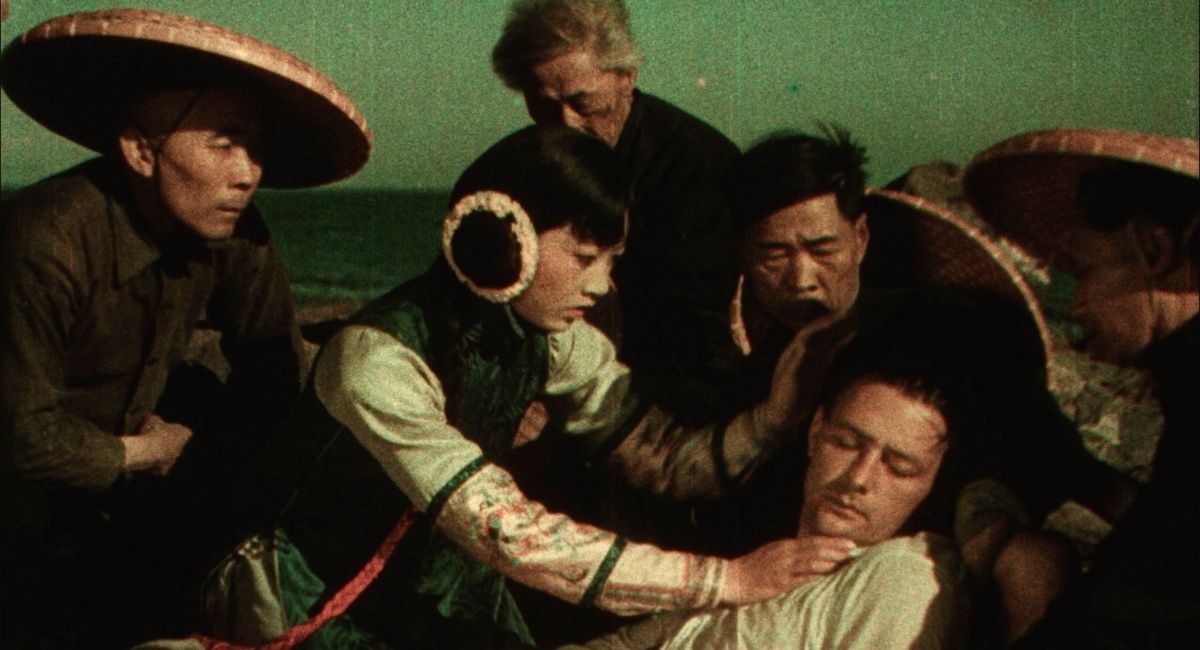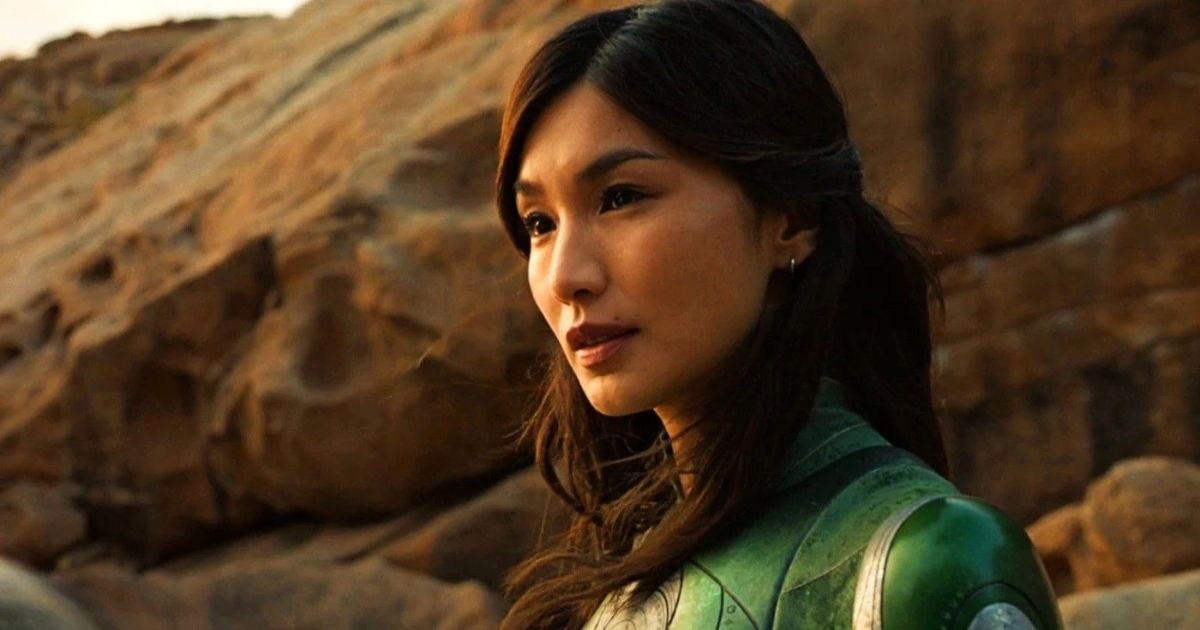Gemma Chan is an acting powerhouse, having appeared on the stage, on television, in independent films, as well as in major Hollywood blockbusters, providing excellent performances each time. The actress became part of the Marvel Cinematic Universe (twice, actually.) Recently she even ventured into voice-acting, giving life to Namaari in Disney’s Raya and the Last Dragon.
One of her newest projects is a leading role in an upcoming Anna May Wong biopic. The first Chinese-American star of Hollywood’s golden era was a true cinematic pioneer. In her Instagram post, Gemma Chan said that “her talent and her exploration of her art both in and outside of the U.S. was groundbreaking — and the challenges and prejudice she faced in the early 20th century as an actress speak directly to the conversations and the world we are navigating today.”
The story of Anna May Wong brings light to the history of Asian representation in the filming industry, especially in Hollywood. From Madame Butterfly and wise kung fu masters to tokens — to true diverse representation that is respectful and full of heart.
A Woman Ahead of Her Time
Wong Liu Tsong was born in L.A. in 1905 and starred in more than 60 movies. Passionate about movies since childhood, she skipped school to sneak into the cinema. Glamorous individuals, directors, cameras, and actors in greasepaint hypnotized her. At the age of 11, she came up with the stage name Anna May Wong.
While 1939's The Wizard of Oz often gets credited as the first Technicolor movie, the first generally available Technicolor film actually hit the theaters 17 years earlier — The Toll of the Sea, starring a 17-year-old Anna May Wong. The story follows an American man, in love with a demure and ultimately tragic Chinese woman. Anna May Wong quickly realized that the Madame Butterfly trope inexhaustibly chased Asian actresses.
In 1924, she tried to set up Anna May Wong Productions to make movies based on Chinese legends. Unfortunately, the project never saw the light of the day because of Hollywood bureaucracy. Throughout her 40-year career, Wong fought against typecasting Asian women as dragon ladies or demure oriental seductresses, who rarely were allowed to live up to the closing credits.
As Wong remarked: "When I die, my epitaph should be: I died a thousand deaths. That was the story of my film career. Most of the time I played in mystery and intrigue stories. They didn’t know what to do with me at the end, so they killed me off."
In 1937, Anna May Wong tried for the part of O-Lan in the film adaptation of Pearl S. Buck’s novel The Good Earth. She was advised to test for the role of a scheming seductress. Disillusioned, Wong left for Europe and China. Luise Rainer, a white German actress who was given the part of O-Lan, donned yellowface and won an Oscar for Best Actress.
A year-long tour of China showed that Anna May Wong faced a third culture paradox: she was rejected by the Chinese for being ‘too American’, and by Americans, because they preferred other races to act in Chinese parts. The actress forged her way, acting in theatre and TV, taking her chances with radio plays, cabaret, and vaudeville. She pushed for roles that did not adhere to stereotypes and portrayed the Chinese positively. For instance, Wong headlined the first-ever U.S. television show starring a Chinese-American person of any gender. Her character was an art dealer turned detective.
Caught between worlds where she never quite felt she belonged, a woman who died a thousand deaths. A woman who will live forever as a trailblazer and an icon for her resilience and contributions to Asian representation.
Depiction of Asian Characters
Bong Joon-ho’s dark comedy Parasite became the first non-English film to win an Oscar for Best Picture. More than 71% of Americans watch anime, according to EpicDope statistics. K-dramas repeatedly top Netflix charts. Metacritic reports universal acclaim for Pixar’s Turning Red. The movie industry finally recognizes that projects from and about Asians can be popular — and profitable. More kids can recognize themselves and see their culture celebrated on the silver screen. However, becoming part of the mainstream culture often comes with being reduced to harmful stereotypes and fetishization.
In her interview with Vogue, Gemma Chan said that it is “only a fairly recent thing” that Asian women are able to be the protagonists. She's got a point, considering she's somewhat of an icon as an Asian movie lead. While there are some other individual success stories, like Dwayne Johnson (who starred in 14 out of the 44 top-grossing films with an Asian or Pacific Islander lead in the period from 2007 to 2019), structurally speaking, positions of power are still being gatekept.
Gatekeeping leads to the lack of authority in people telling their own stories in Hollywood. Asians are often sidelined, never the subject, always the object. Sociologists see harmful effects of lack of proper Asian representation: as a result, young Asian women tend to have difficulty imagining themselves in leading positions. I Am Not a Fetish or Model Minority, a study of the top-grossing movies from 2010 to 2019, said that even when Asians are present in the main title cast, three-fourths are in reality only supporting roles.
Spider-Man: Homecoming is an amazing movie that has its humor, heart, and thrill in abundance, but what it also has is a typical Asian sidekick to a white hero. Ned, Peter’s BFF, sometimes his tech guy and sometimes magician, is played by a Filipino-Hawaiian actor, Jacob Batalon.
A Chinese-American actress being passed over for a white actress for the Chinese role is also not a thing of the past. Think of Mickey Rooney playing Mr. Yunioshi in Breakfast at Tiffany’s. Too old of an example? How about Emma Stone in Aloha or Scarlett Johansson in Ghost in the Shell?
There are nonetheless major positive tendencies within Hollywood regarding Asian representation. Christina Yang was one of the most beloved characters in Grey’s Anatomy. Sandra Oh provided great performances as a highly skilled Korean-American surgeon and bagged several Emmy nominations, a Golden Globe, and two Screen Actors Guild awards. Then she proceeded to star in one of the most ingenious police procedural shows of all time, Killing Eve, along with the Netflix series The Chair.
Crazy Rich Asians, with an all-Asian cast, set a record, becoming the highest-grossing romantic comedy in a decade in the US. Shang-Chi and the Legend of the Ten Rings, Marvel’s first Asian-led superhero movie, enjoyed lots of love from its audiences. Turning Red cemented its place in Pixar’s masterpieces by cleverly capturing small specific moments: Teen Vogue’s film critic writes that she felt a strong connection to a scene of the main character showcasing her bao wrapping skills to impress her parents.
This moment, as Hollywood slowly allows a platform for Asian voices, seems to be a great time to finally pay tribute to the strong-willed and iconic Anna May Wong. With Gemma Chan, a talented and dedicated actress who is set to approach her story with the utmost respect and care, it becomes a great restorative project for Asian representation. Especially with Anna May Wong’s niece joining the project to build on the legacy of this inspirational artist, who has been forgotten by many for far too long.

